Scientists have identified cyanocoronene for the first time in interstellar space. The molecule, composed of seven interconnected benzene rings and a cyano group was found in the cold, dark Taurus molecular cloud, a region known for its rich chemistry – a cradle for new stars. This new discovery suggests that even more complex molecules may be common in the cosmos.
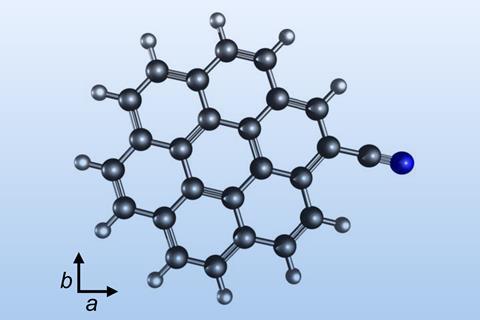
A team of chemists from the US and Canada first synthesised cyanocoronene in a lab to measure its microwave spectrum using advanced spectroscopic methods. The molecule’s unique spectral fingerprint was then matched against data from the Gotham project – a major astronomy initiative using the US National Science Foundation’s Green Bank Telescope to detect complex organic compounds in space. Several distinct spectral lines aligned precisely with those of the aromatic molecule, confirming its presence with strong statistical significance.
The seven ring polycyclic aromatic hydrocarbon (PAH) with the formula C24H11CN is now the largest PAH ever detected in space – double the size of previous known interstellar aromatic molecules. The amount found is comparable to that of smaller PAHs previously identified challenging expectations that larger molecules should be rarer in space. PAHs can serve as carbon reservoirs, playing a crucial role in star and planet formation. The study also included quantum modelling alluding to the synthetic mechanism – cyanocoronene can form efficiently in the cold conditions of space through direct substitution reactions between coronene and the common interstellar CN radical, indicating that organic chemistry is active well before stars begin to form.
The presence of coronene in meteorites reinforces the theory that PAHs are responsible for mysterious infrared emissions bands seen throughout the universe. It also suggests that the organic molecules found in our solar system may have originated in similar environments long before the formation of the sun.
The team are now searching for even larger PAHs to further explore how these molecules survive and evolve in the cold, UV-irradiated conditions between the stars.
References
G Wenzel et al, 2025, Astrophys. J. Lett., 2025, 984 L36 (DOI: 10.3847/2041-8213/adc911)





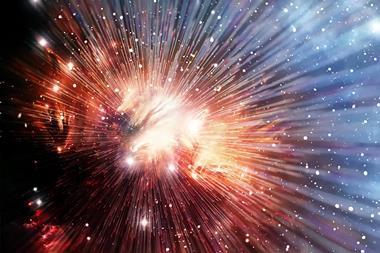
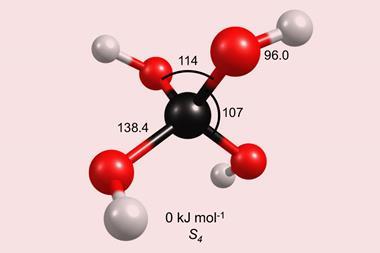
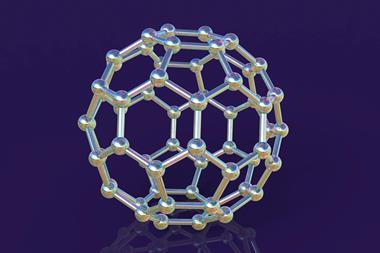
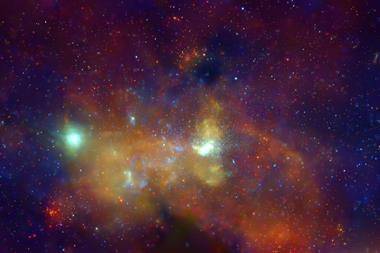
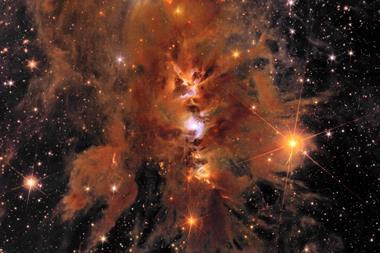
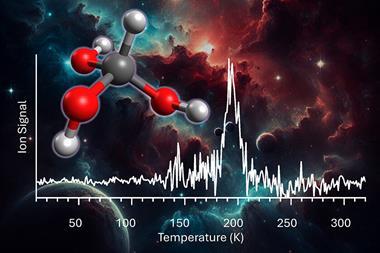
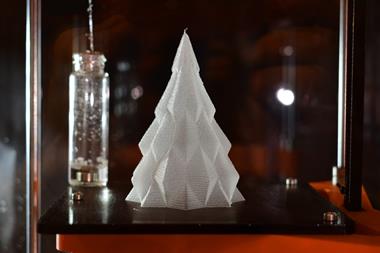
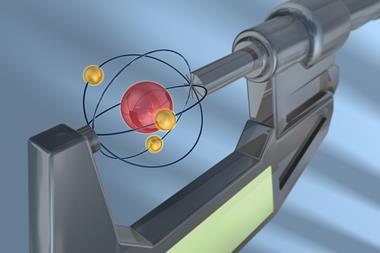
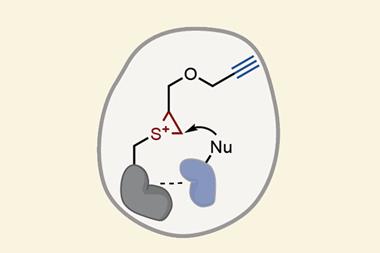

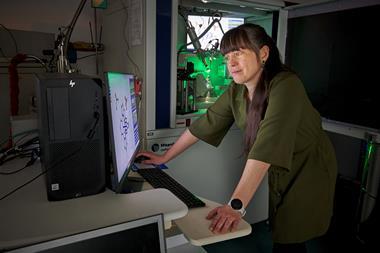

No comments yet